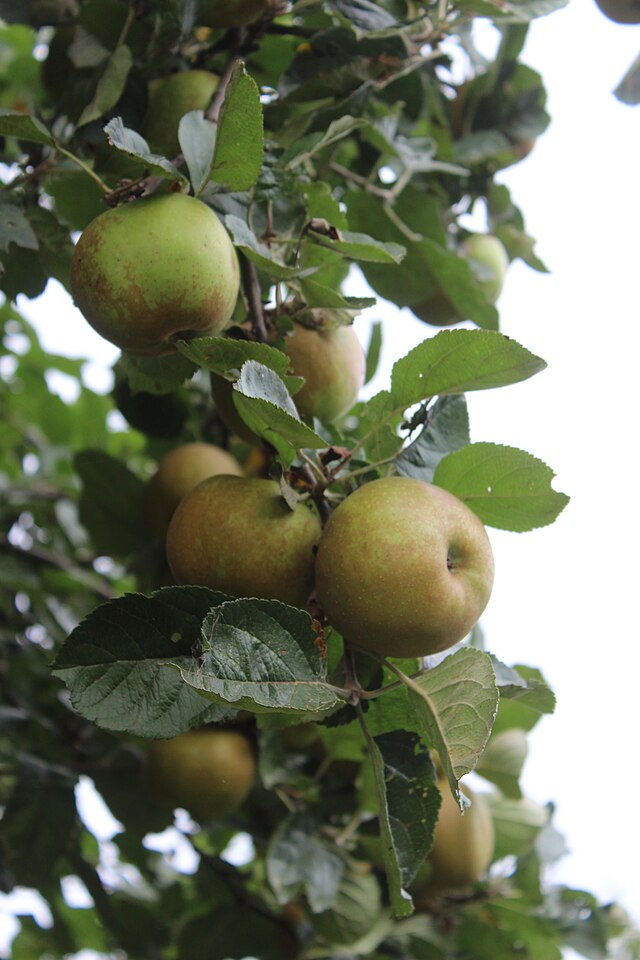Edible Landscape Design: Jerusalem Artichoke (Sunchoke) — Top 10 Permaculture Species
- Wolfy
- Aug 29
- 3 min read
Updated: Nov 4
A Perennial Food Source and Permaculture Multitool
The last post we talked filberts. If you missed it, go back and read—it’s a classic lower tree layer candidate for any food forest, and one of the top 10 permaculture species for good reason.
The next species on the list is one you definitely want in your edible landscape: the Jerusalem artichoke, or sunchoke.

The first time you grow them, you expect potatoes. What you get instead is a wall of green. Stalks eight, nine, sometimes ten feet tall, thick as broom handles, with yellow flowers at the top nodding peacefully—as if they own the place. Frost finally knocks them down, and that’s when the real crop reveals itself: pale, knobby tubers tucked just under the soil.
Why It Belongs in a Food Forest Landscape Design
They don’t run like mint, they don’t creep like bamboo. They simply return from whatever tubers you didn’t dig. Call it persistence. Harvest clean and they’ll stay where you put them. Miss a few, and you’ve got another meal waiting next year. That’s not invasion—that’s insurance.
The tubers look like ginger, taste like a cross between potato and water chestnut, and in my kitchen they usually end up raw in a salad or roasted until sweet.
Nutritional Value
Sunchokes aren’t just calories—they’re a survival crop with benefits:
Roughly 110 calories per cup, comparable to potatoes.
Potassium, vitamin C, and iron in decent amounts.
Starch stored mostly as inulin, a prebiotic fiber. Great for gut bacteria, not always for dinner guests who overindulge.
Crisp and nutty raw, sweet and earthy roasted.
Key Functions in Permaculture
Jerusalem artichoke is a multi-tool plant:
Perennial Food Source: High-yield tubers, harvestable through winter.
Green mulch: Chop-and-drop stalks return nutrients to the soil.
Pollinator support: Late-season yellow blooms keep bees working.
Screen & windbreak: Ten-foot stalks create living fences.
Soil improvement: Deep roots fracture compacted ground and cycle minerals.
Placement in the Landscape
In a food forest landscape design, they don’t belong tucked under trees—they’re too tall and too pushy. Plant them at the edge, where they double as a living fence: blocking wind, hiding the compost pile, feeding bees late in the season. When the stalks collapse in winter, chop them down for mulch and you’ve closed another loop.
How to Plant & Harvest
Planting is easy. Drop a chunk of tuber with an eye a few inches under the soil and walk away.
When: Spring, once the ground softens in Zone 8. Fall is good too. That's when you actually harvest the tuber.
Depth: 3–5 inches deep.
Care: Full sun; no fertilizer needed, but compost or mulch will boost yield.
Harvest: Dig after frost, through late fall and winter. They keep best in the earth—no cellar, no refrigeration, no fuss. I leave a 1' long stub of stalk if I am planning to replant somewhere.
Bottom Line
Jerusalem artichoke isn’t about elegance. It’s about certainty. A plant that keeps showing up with food in its hands long after the tidy annuals have failed. Call it unruly if you want—but in a lean year, you’ll call it dinner.





Comments